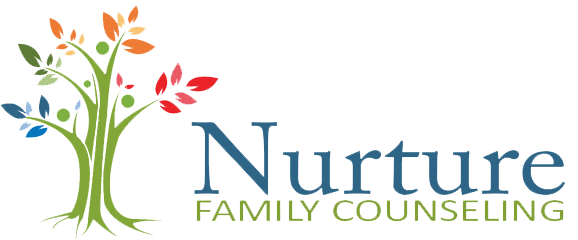Decoding Teens Social Media
By Lindsay Jenkins
MA, LMFT-Associate
Language is constantly changing, like a living breathing organism. Words have real effects on our lives and especially with adolescents, the language they use shapes their identity (Gehart, 2016). For example, a student can interpret getting a C on their midterm as “I got a bad grade” or “I’m a bad student”, each with dramatically different identity implications.
In the age of social media, knowing the language adolescents’ use and how they use it is an important way to assess for mental health, peer bullying and just generally understanding your teen’s mindset. Below is an ever-changing list of commonly used acronyms on various social media sites such as Snapchat, Facebook, Twitter, Instagram and YouTube.
KMS– kill myself
KYS– kill yourself
TEA– gossip or juicy bit of information
DAB– dance move that represents an accomplishment/pride or drug resin from marijuana that can be smoked
LIT– something that is amazing, exciting or fun; to describe state of extreme intoxication
TURNT UP– act of getting drunk or high; to party and have a good time
OTP– on the phone or one true pairing which is used to describe a couple that someone feels would work well together
FAM– someone who is close as family; people who can be trusted
DUB– abbreviation for the letter “W”; person considered “lame”; twenty dollars worth of narcotics
SLAY-succeed in something hard; to dominate; a way to describe someone looking beautiful/amazing
FINNA– fixing to; going to;
OBVI– abbreviation for obviously
PAW/POS– parents are watching/ parents over shoulder
SHIP– abbreviation for romantic relationship
SQUAD– clique of friends
HIGH KEY– saying something loud; stating the truth
LOW KEY– to do something secretly or not tell anyone about it
GOAT-greatest of all time
ANA– term used to talk about anorexia “low key”; Ex. “Can’t hang out tonight, I’m with Ana”
MIA– term used to talk about bulimia “low key”; Ex. “I’m so grateful to have someone like Mia in my life”
NETFLIX AND CHILL– code for two people going to each other’s house to hook up
OG– original gangster; someone who has been around for a while
SKRT– represents the sound of wheels when peeling out; used as slang to express excitement or humor
FINSTA-fake Instagram account used to post pictures that only certain people can see
STREAKS– used on Snapchat; two people must each send a message to the other within 24 hrs to start a start a streak
SUBTWEETS-a tweet that mentions a Twitter member without using their actual username (Ex. HarryPotter instead of @HarryPotter) so it does not show up on their timeline; usually used for negative or insulting tweets
SMH– shake my head
CURVE– to reject a persons direct or indirect sexual advances (Ex: person 1: “Hey give me your number so we can get to know each other better.” person 2: “Oh umm…I’m in a relationship”)
VIBES– feelings expressed non-verbally
LIVE– used to express something very enjoyable (Ex. That party was live!”)
GOALS– targets to reach in life, relationship, body image, etc. (Ex. Beyoncé and Jay-Z are relationship goals.)
FOMO– fear of missing out
AMA– ask me anything
YOLO– you only live once
OOTD– outfit of the day
HMU– hit me up
SMASH– to have or willingness to have sexual relations in any manner (Ex. A guy or girl posts a provocative picture on social media A picture comment might be “I’d smash him/her.”)
References
Gehart, Diane (2016). Theory and Treatment Planning in Family Therapy: A Competency Based Approach. Cengage Learning: Boston, MA
Definitions (2016). Retrieved from: Urban Dictionary

LMFT-Associate
I believe that relationships shape who we are and impact our behavior. When these relationships become challenging many areas of our lives are affected including school, home, work and individual wellbeing.

